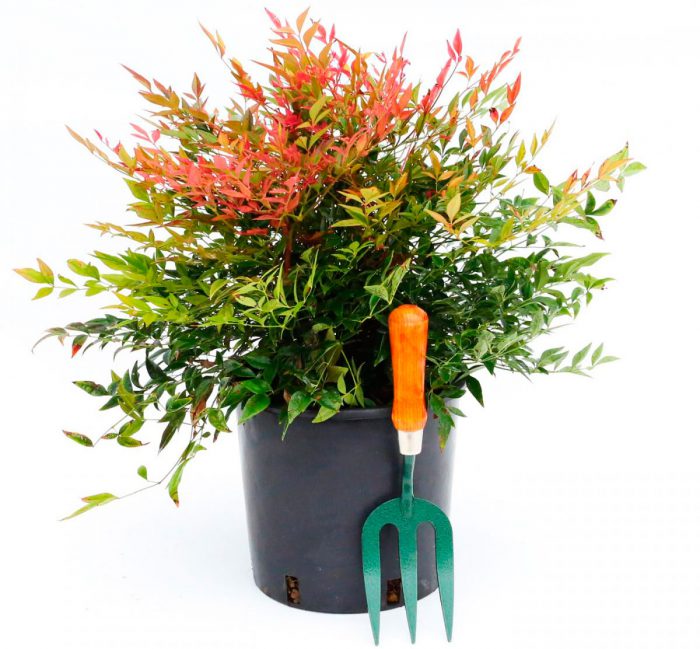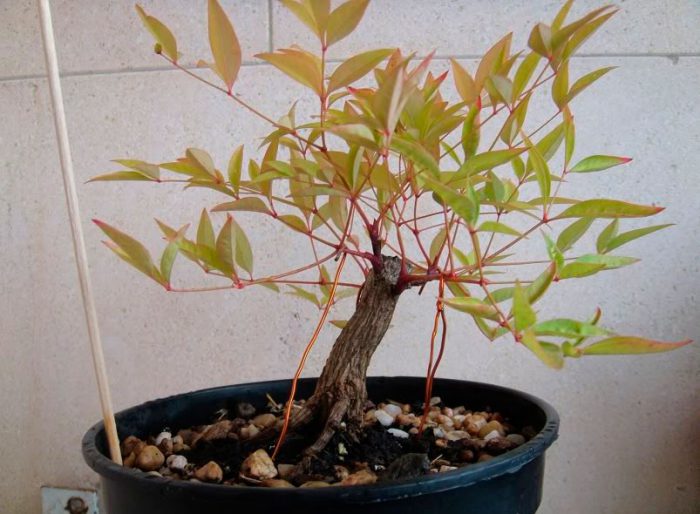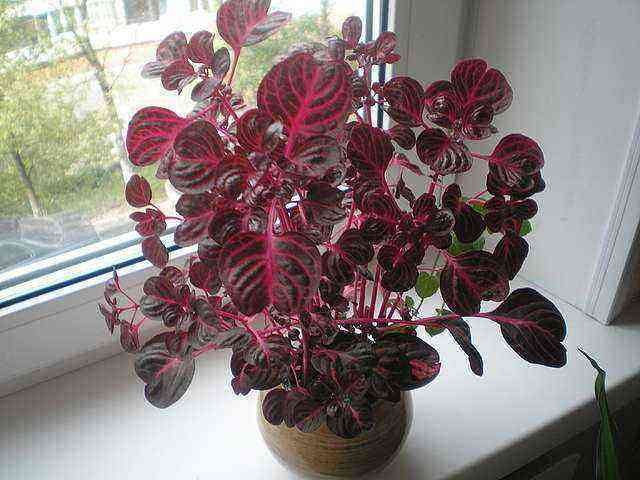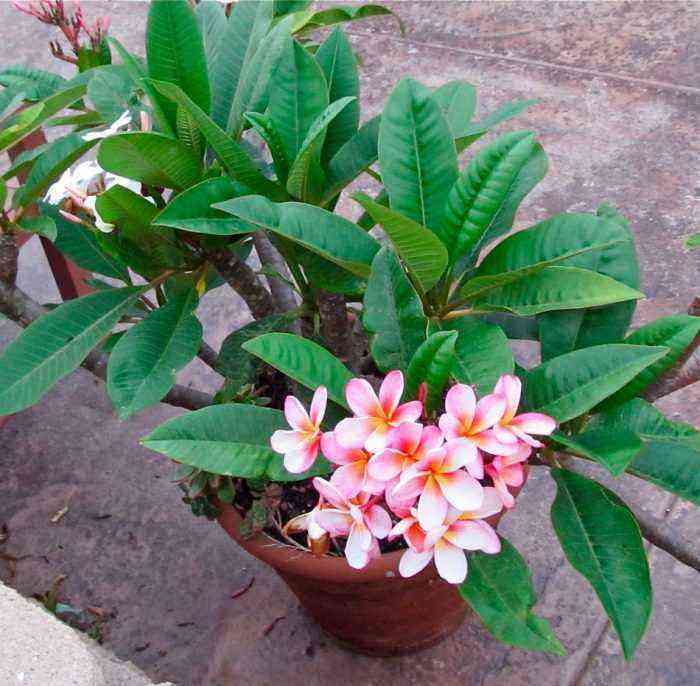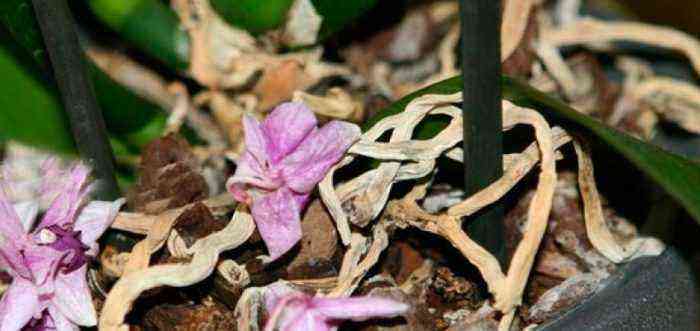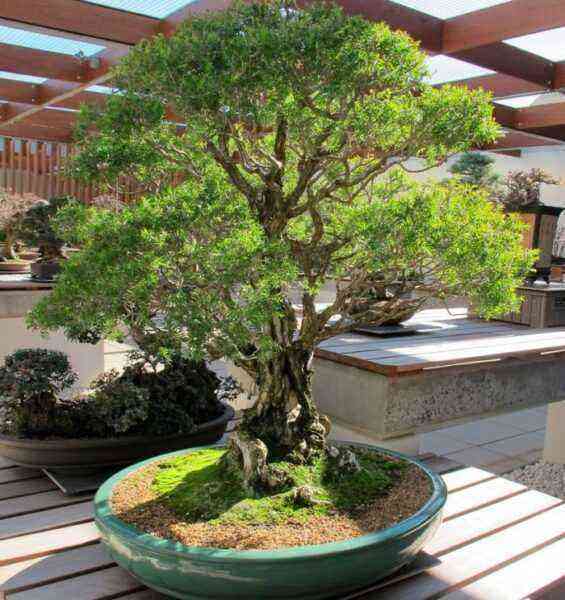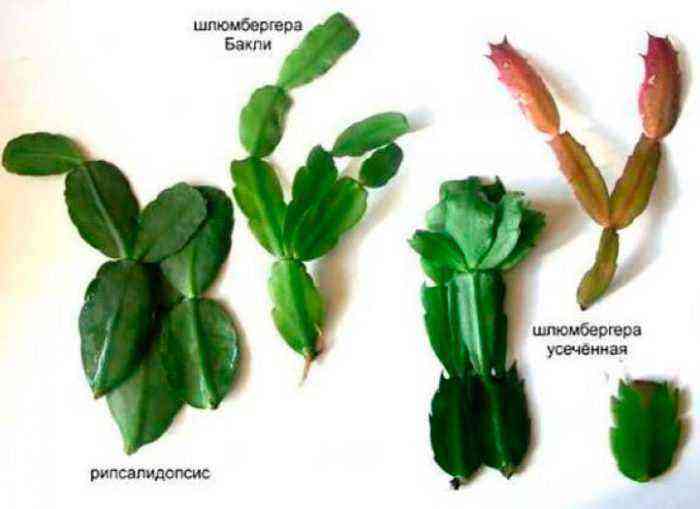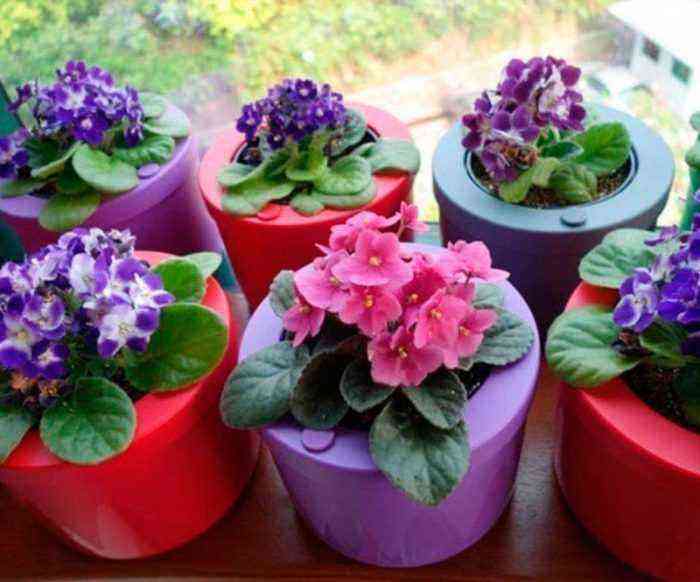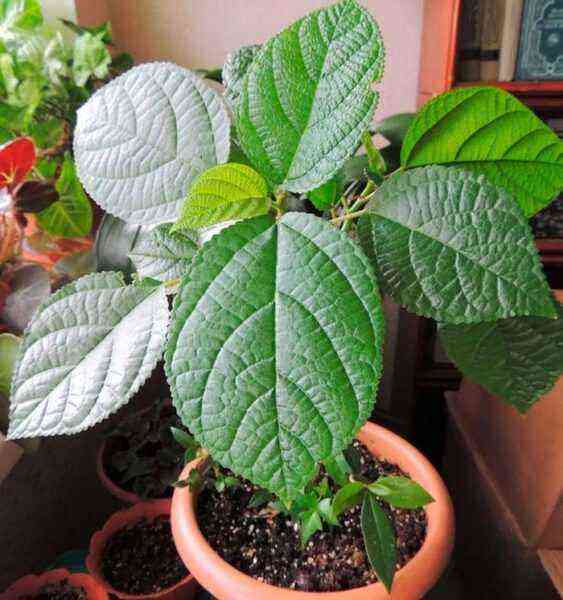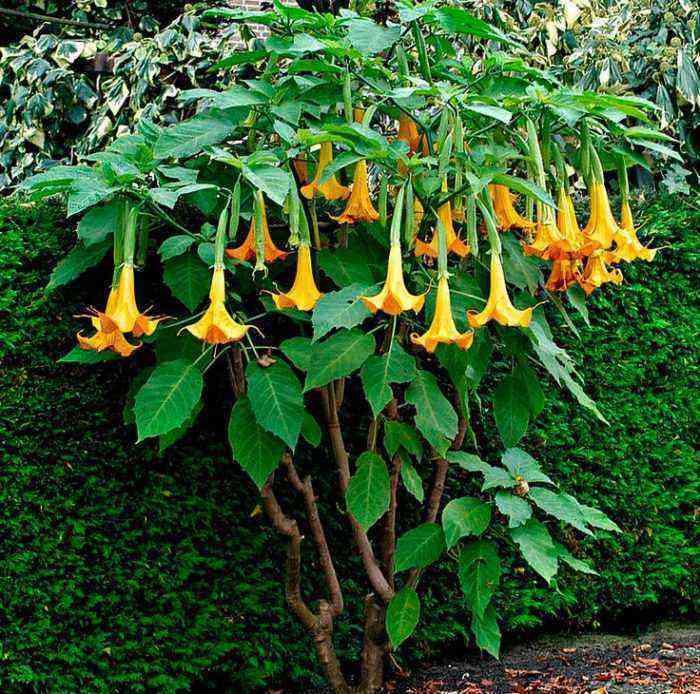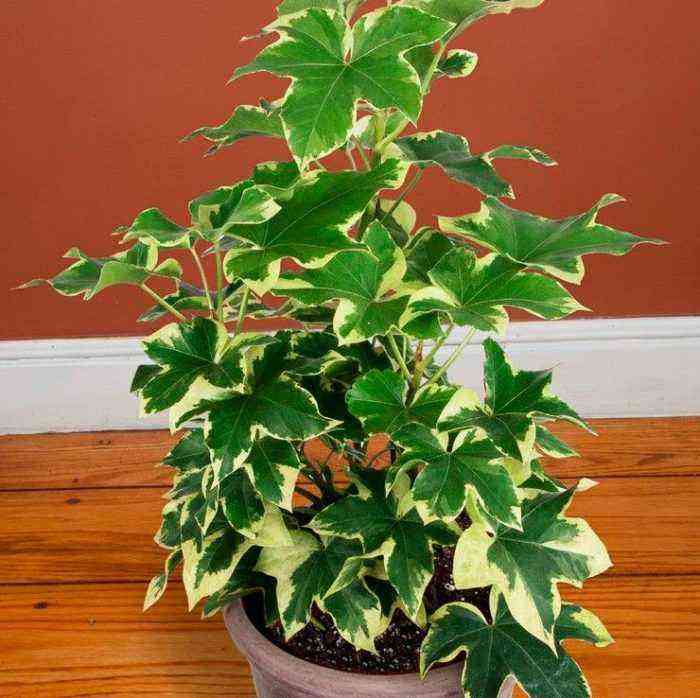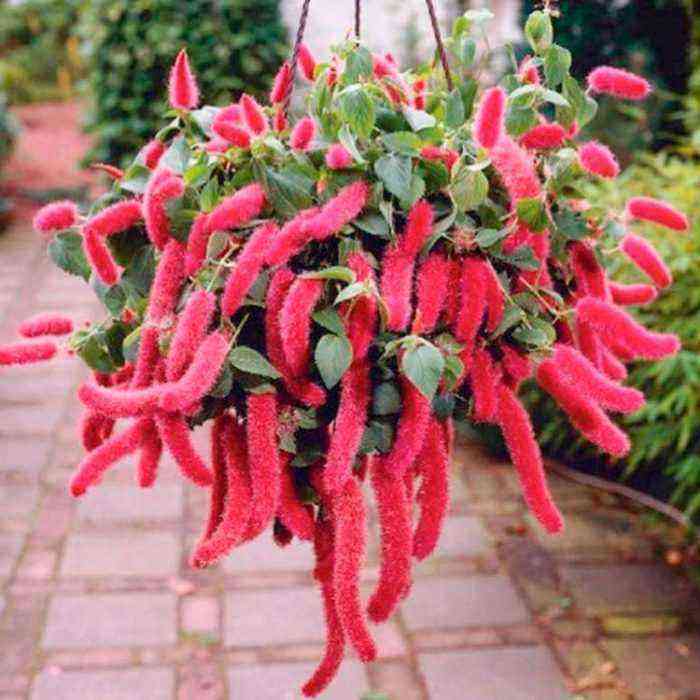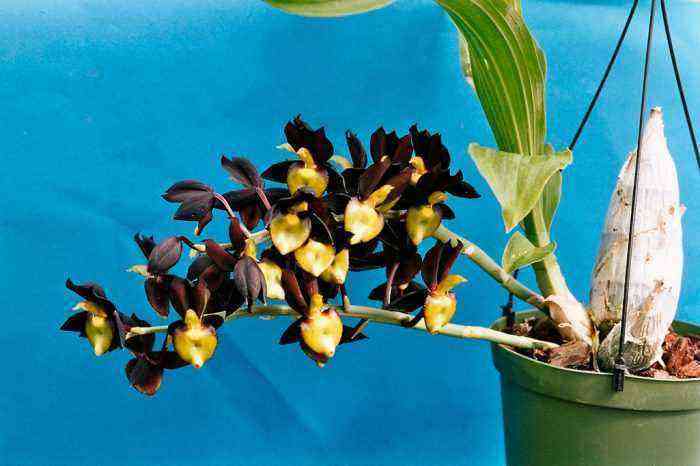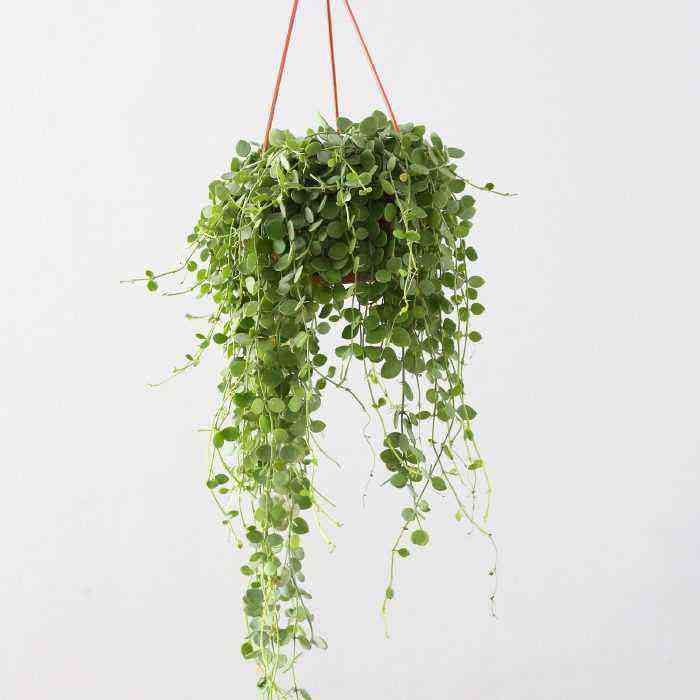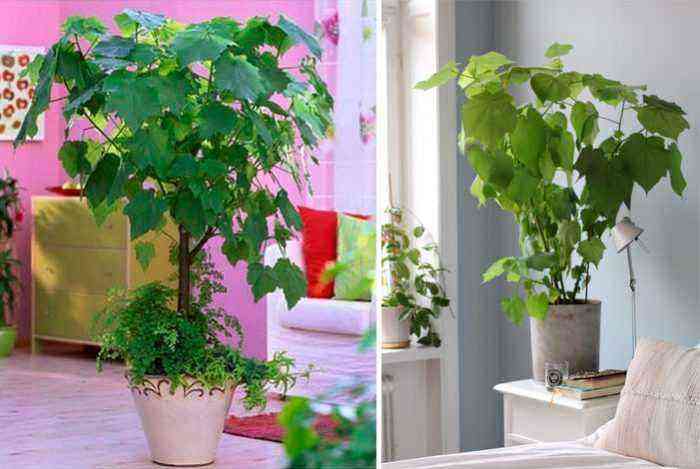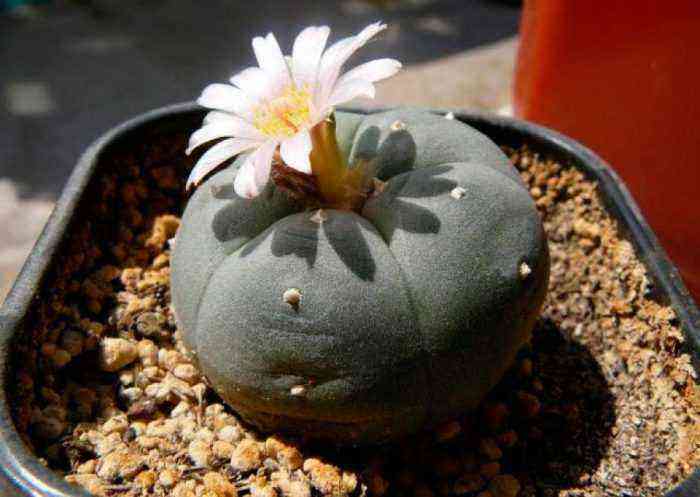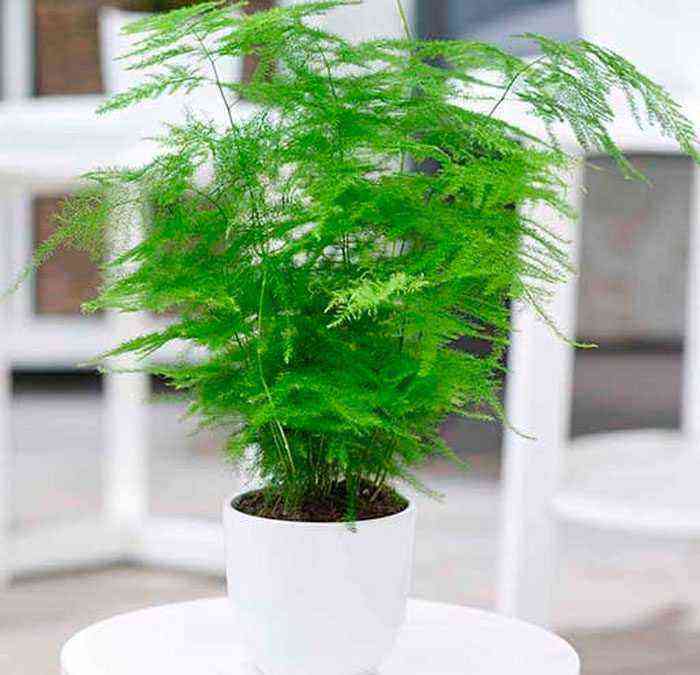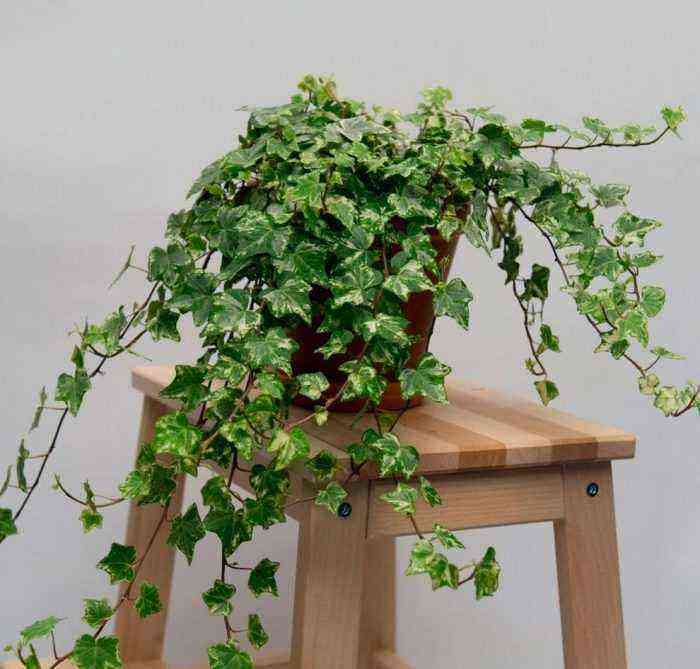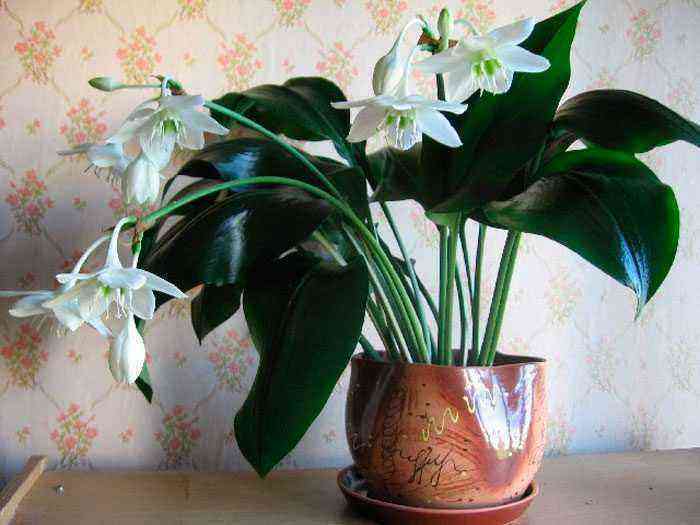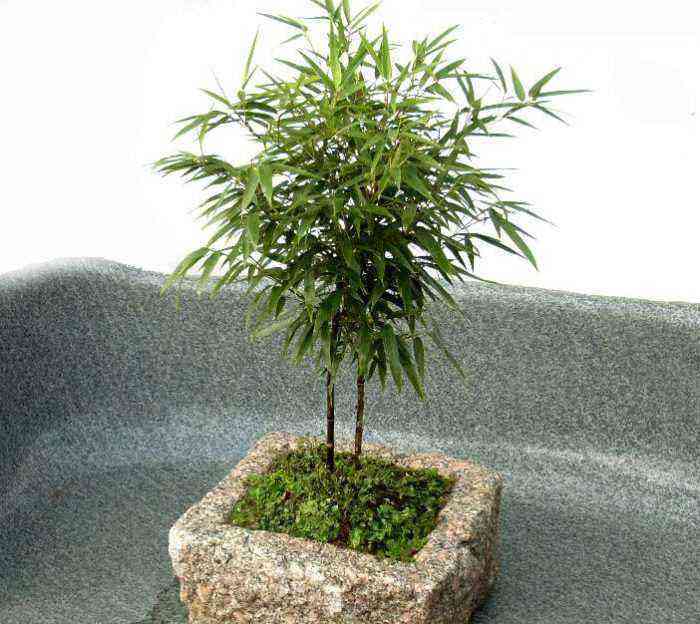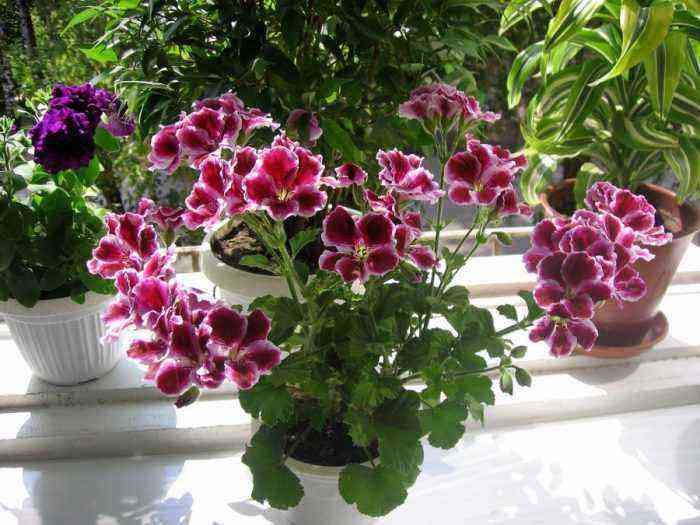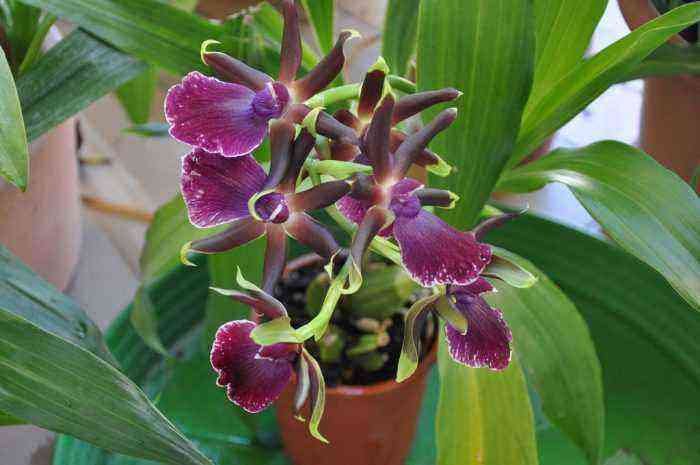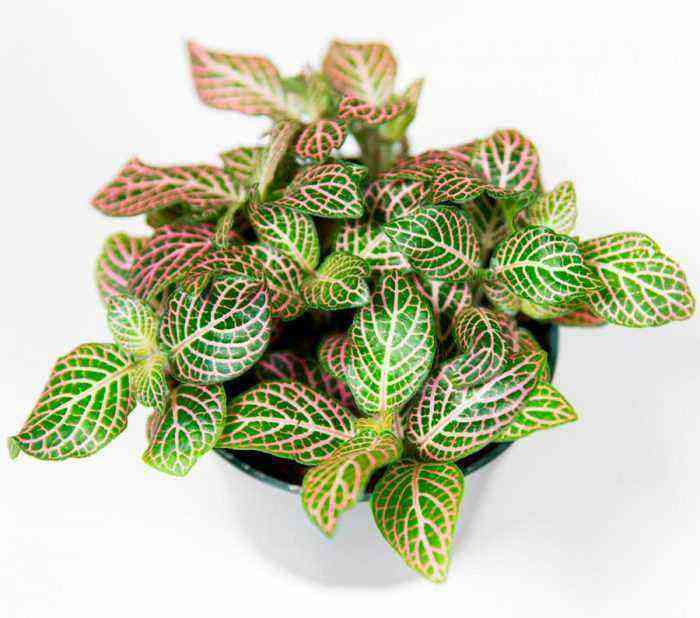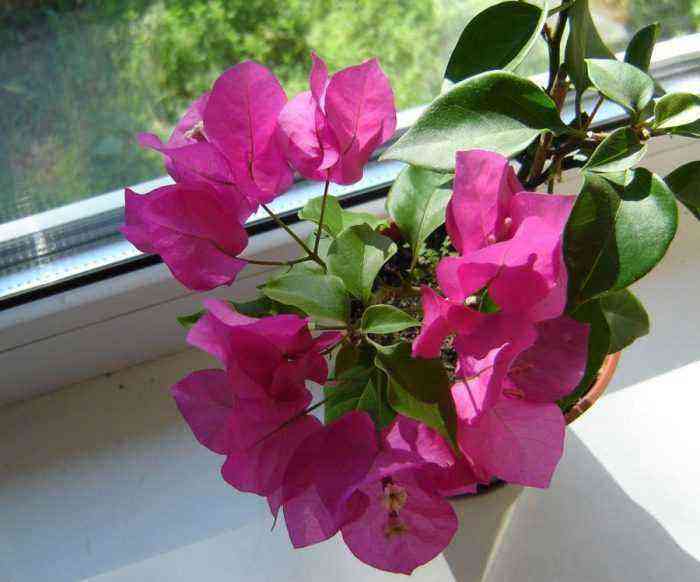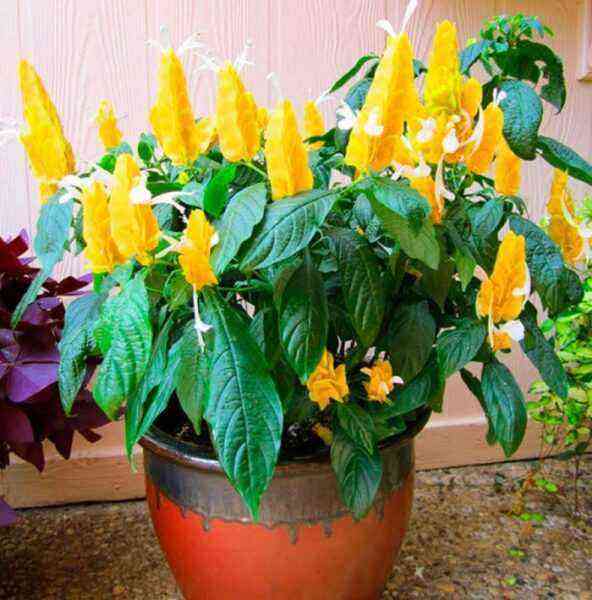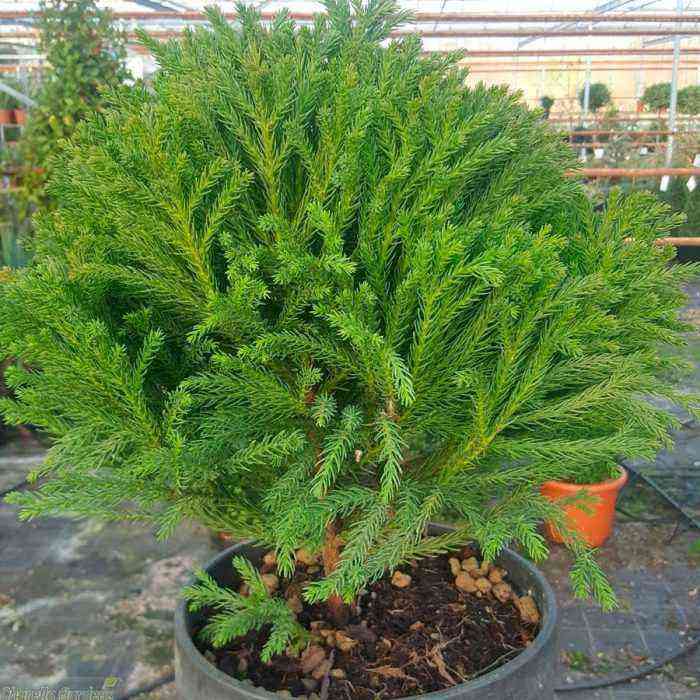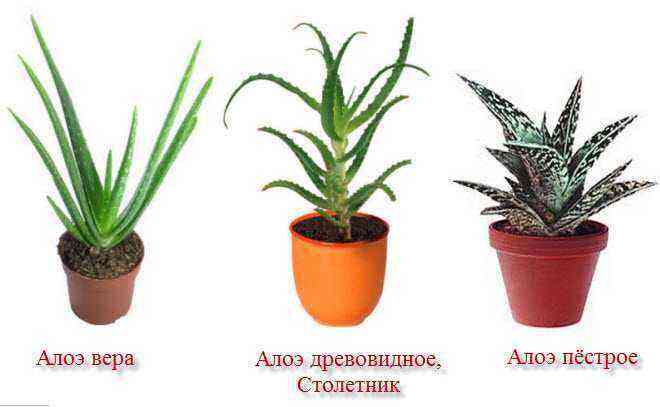Plant like nandina home is an evergreen tree and the only member of the Nandina genus. It belongs to the barberry family (Berberidaceae). In nature, it is found on the mountain slopes of Eastern China and Japan.
This plant stands out from the rest in that, depending on the season, it changes the color of its foliage. So, in autumn and winter, it becomes a rich green-red color, in spring it acquires a brown hue. And then gradually the foliage turns green again.
In the wild, the tree can reach a height of 5 meters. It has multiple root shoots, which makes the plant similar to a shrub, and quite dense. Thanks to erect little branching stems, the crown has a cylindrical shape.
Nandina’s bark is also of interest. On young shoots, it is colored violet-brown; over time, it acquires a lighter shade and, eventually, becomes brown-gray with longitudinally spaced grooves. The opposite, rather long (up to 40 centimeters) leaves have elongated petioles, and they are found only on the tops of the shoots. They are pinnate. They consist of 3 dense lanceolate-rhombic leaves with a pointed apex. They are interconnected by short petioles 1 centimeter long.
Small flowers abound. Their diameter is about half a centimeter. The petalless flowers have whitish sepals, which are collected in loose, brush-shaped inflorescences. It blooms in the first summer weeks, and later the formation of small round fruits with a rich red color occurs, they are considered a real decoration of nandina.
At the moment, there are about 50 varieties of this plant. They differ in size, color of fruit and foliage. So, there are varieties in which the foliage is always painted pink or red, with small or variegated leaves, dwarf varieties, with whitish fruits, etc.
Caring for nandina at home
This plant is not very popular with flower growers, since it is very difficult for it to create conditions suitable for growth and development.
Illumination
You need a bright, but diffused light, and all year round. The plant can be exposed to direct sunlight in the morning and evening hours. In winter, when there is not so much light, additional lighting is needed. Especially in need of it varieties with variegated leaves.
In the warm season, the tree can be moved outside (to the balcony or to the garden). However, it should be borne in mind that he requires mandatory shading from the scorching midday sun rays.
Temperature conditions
In the spring and summer, it needs coolness (up to 20 degrees). Wintering should be fairly cold (10 to 15 degrees).
Maintaining such a temperature, especially in the summer, is the main difficulty that flower growers will face.
How to water
Watering should be abundant in the spring and summer. It should be borne in mind that watering is carried out only after the top layer of the substrate is thoroughly dry. During cold wintering, watering should be much less.
For irrigation, use settled soft water. For softening, it is recommended to use citric or acetic acid.
Humidity
Needs high humidity. It is recommended to put the tree in close proximity to the water source, or you can pour a little expanded clay into the pan and pour in the liquid. It is necessary to moisten the foliage in the morning and evening hours, using water that does not contain lime and chlorine.
Earth mixture
To prepare the soil mixture, it is necessary to combine leaf and sod land with coarse sand, taken in equal proportions. Do not forget about a very good drainage layer, which must be thick, which will help to avoid stagnation of moisture in the soil.
Fertilizer
With the onset of spring, you should start feeding nandina, which continues until the middle of the autumn period. Top dressing is carried out 2 times a month, using organic as well as mineral fertilizers. Experienced flower growers also recommend feeding the tree with fertilizers for bonsai.
In winter, you need to feed the plant once every 1 weeks.
Transplant Features
Young plants should be transplanted once a year. Adult specimens are subjected to this procedure much less often, namely, once every 1 or 1 years, while the top layer of the substrate in the pots needs to be replaced annually.
Methods of reproduction
Most often, root shoots are used for reproduction. It is carefully separated from the mother tree and planted in a separate container. Semi-lignified cuttings are also suitable for reproduction, but they take root very poorly.
Trimming
You should not prune the plant, because it hardly branches, even if you pinch the upper parts of the shoots. In this regard, an adult nandina will not be able to have a tree-like shape, even if the existing basal shoots are cut off.
Diseases and pests
Nematodes and aphids can settle. If harmful insects have been noticed, then the plant should be treated with special chemical agents in the near future.
Most often, the plant gets sick if it is not properly cared for. If water stagnates in the soil, the roots will begin to rot, and if the plant is in a room with an air temperature of more than 20 degrees and with low humidity, it can discard all the foliage.
By the way, this plant can be grown as a bonsai.

